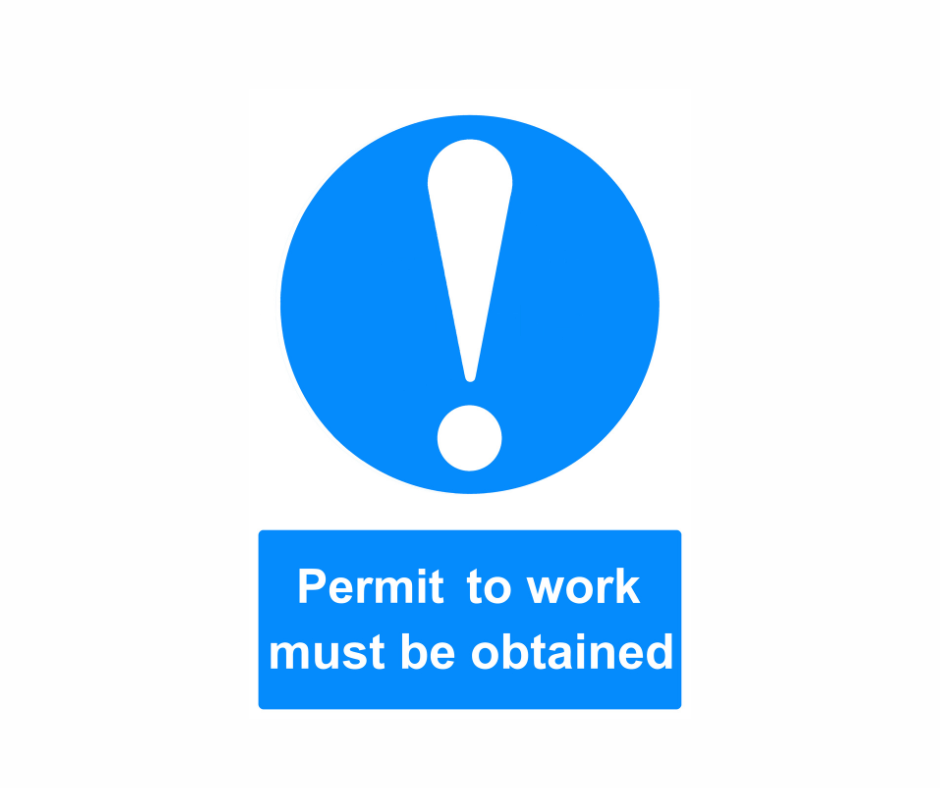Good communication, both in written and spoken form, is essential to ensuring and maintaining safety in the workplace.
All employees should have access to the information necessary to negotiate workplace hazards safely.
What are safety critical communications?
 Safety critical communications (SSC) are applicable to all industry sectors and can be very similar in topic, from site specific hazards to evacuation plans. It is critical information that needs to be imparted to ensure the safety of others.
Safety critical communications (SSC) are applicable to all industry sectors and can be very similar in topic, from site specific hazards to evacuation plans. It is critical information that needs to be imparted to ensure the safety of others.
The ABC of operational communications highlights the need for SSC to be accurate, brief, clear and professional.
Effective communication is a two-way process where the communicator and receiver take it in turns to send and receive a message.
The communicator must make sure that they are understood and properly received, and the receiver must make sure they understand the information and seek clarification if needed.
Blooms Taxonomy
Blooms Taxonomy outlines why understanding is critical to SSC, that without the receiver understanding, being able to explain and interpret the information, they cannot apply it.
To ensure effective communication of SSCs the HSE outlined key principles that should always be considered, this includes identification of:
- who needs to communicate
- what is the objective
- what needs to be communicated
- what medium and methods are to be used e.g. face-to-face or presentation, written or verbal.
The creation and communication of a rescue plan requires these key principals.
Instances where this will need to be implemented may require provision of equipment such as walkie talkies and a designated responsible person to ensure information is accurately conveyed to emergency response teams in a timely manner.
The same principals apply to emergency evacuation plans, not only is this verbally communicated on induction, but a visual representation of the plan is displayed in work areas.
Utilisation of multiple sources of media can improve retention and interpretation.
However, ‘sign blindness’ is real, putting up signs is not a replacement although it can be an assistant to effective communication.
Safe shift handovers
 The continuity of critical information is key for any organisation to function, where organisations work a shift pattern e.g. a night and day shift where workers may briefly interact to an employee absence.
The continuity of critical information is key for any organisation to function, where organisations work a shift pattern e.g. a night and day shift where workers may briefly interact to an employee absence.
An effective handover is important to ensure safety, where a machine has broken down on the day shift, the night shift may need to be informed that it is not safe to use.
If this information is not conveyed or not effectively conveyed an accident or near miss may occur.
Having a handover period and cross over between both shifts allows demonstrations not just written communication.
Verification that information has been received and understood by the next shift team lead, and that they have opportunity to ask questions.
To be effective, a hand over should be clear and concise and could include topics such as:
- Status of equipment – has anything broken or been isolated and taken out of service?
- Have there been any accidents or incidents? Is there a toolbox talk that needs to be conducted?
All should be done face-to-face, involving both written and verbal communication and based on analysis of information.
Safe permit to work systems
 Some work activities require further and formal communication, typically in hazardous industries and environments for example construction sites.
Some work activities require further and formal communication, typically in hazardous industries and environments for example construction sites.
In this instance, a permit to work may be required. A permit to work is a documented procedure authorising certain people to carry out specific work within a specific time frame to control dangerous work activities and prevent major accidents occurring.
Before opening a permit to work, the assessor should consider any human factors, such as whether operatives are stressed, fatigued, there attitude that day, the shift patterns they have been working, that may affect the works.
The management of the work permit systems, includes regular review of the permit and inspections of the works conducted with the approved permit.
Ensuring that the workforce is skilled and competent to conduct the works asked of them, considering that permits should only be for hazardous activities e.g., hot works.
The contents of the permits is also key. Information in the permits should detail the objectives of the work permit, the type of works the permit requires to be conducted, and any additional factors that may affect the hazards during the work process.
All of which should be effectively communicated to operatives before signing any work permit.
How can WA Management help?
WA Management offer a Communication Skills online training course suitable for anyone in the workplace looking to improve their verbal and non-verbal communication skills.

Code of Conduct and Communication Skills training courses are essential tools in improving health and safety culture in the workplace. Make sure you don’t miss out on our 10% off deal on these courses, available until the end of April. Simply enter the code ‘management10’ at checkout to save!
Read more Consultant’s blogs here.
To keep up to date with the latest health & safety news and advice, follow us on social media:
